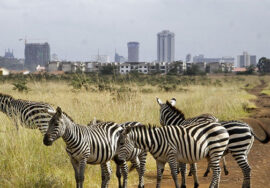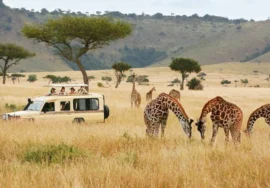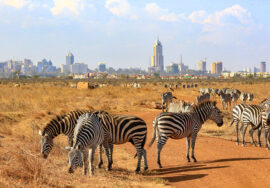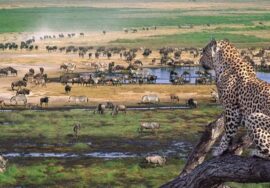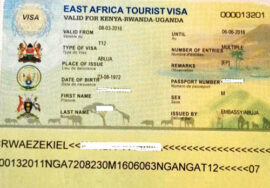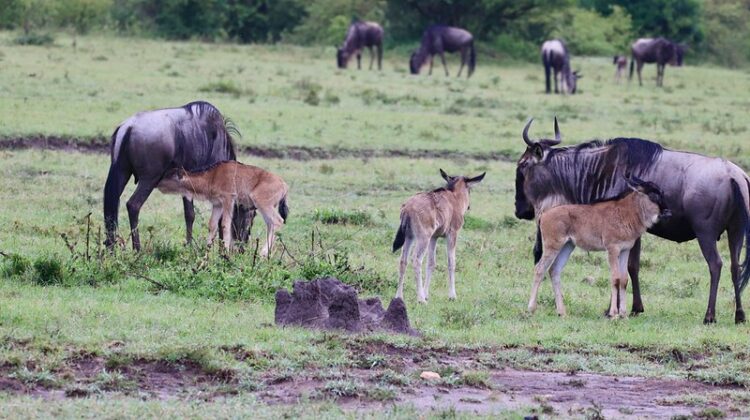
Book Now For The Wildebeest Calving Season
Book Now For The Wildebeest Calving Season, You may not have heard of it, but the Serengeti Park’s vast plains are the site of an amazing show when wildebeest give birth. Imagine a huge herd of baby wildebeests crashing into the lush fields. These are the first animals that will live in the area.
But wildebeests aren’t the only animals that can start over on these endless fields. A gazelle, zebra, giraffe, monkey, baboon, and many more are born. This never-ending cycle of birth comes to the new grasses of the southern Serengeti from January to March. The Great Migration of these same cows later in the year gets all the attention, but if you go during calving season, you’ll see a moving scene that you can’t see anywhere else.
And one that could have a lot of great drama because there are so many people in this never-ending cycle of birth and death.
Why all the drama?
Nature’s rhythms are always linked to each other. Around 1.5 million wildebeests come from the Masai Mara, bringing with them hundreds of thousands of young animals. This naturally brings out the area’s many predators, such as lions, leopards, cheetahs, jackals, hyenas, and African wild dogs.
These predators are not only looking for food for themselves, but they have also just recently given birth to their young. Along with thousands of new grazers like gazelles, elands, and giraffes, the area is now full of lion, leopard, and cheetah babies that need to be fed.
Because of this, the population grows very quickly, and there is a dramatic dance of life between the grazers who eat the Serengeti’s lush grasses and the predators who need to eat these grazers.
For both grazers and predators, the most important thing is how to make sure their young will live. The huge number of baby gazelles, wildebeests, and other animals in these fields makes it possible for the big cats to feed their young, but the hunt is not easy.
As an example, the moms of wildebeest come back to these fields every year to give birth in the shorter grasses, which makes it easier for a leopard to be seen. As soon as a big cat comes close, the mothers automatically huddle together to protect their babies. This increases their chances of survival.
Surprisingly, the large number of babies born at the same time helps to keep them safe. The big cats eat quickly and then leave most of the babies that are out in the open alone.
Come on a safari with us to the cotton fields.
There is nothing quite like seeing so many babies and their mothers all at once in one huge, spreading show. You might see cheetah, lion, leopard, and wildebeest cubs, piglets, baby elephants, baboons, zebra, gazelle, and a lot more in one day.
As a surprise, this is not the high season for tourists like the summer of the Great Migration was, so these birthing fields will be mostly empty.

